As a critical component of the “Integrated Programme for Sustainable Water Resources in the Urmia Lake Basin,” this assessment helps the Iranian stakeholders to be equipped with a shared understanding of drought impact on the livelihoods of the population living in the drought prone areas.
Funded by the Government of Japan and technically facilitated by FAO, this programme aims to put in place an integrated drought management system based on risk/vulnerability assessment and preparedness response for the Urmia Lake basin.
This endeavour will help the country to implement a systematic mechanism for drought mitigation and adaptation at the basin level.
Hosted by Iran Meteorological Organization (IRIMO) and Urmia Lake Restoration Program (ULRP), the validation workshop was attended by a group of experts from FAO, the Ministry of Energy, the Ministry of Agriculture Jahad, Department of Environment, Sharif University of Technology, Iran University of Science and Technology, Atmospheric Science & Meteorological Research Centre, Remote Sensing Research Centre, and Agricultural Research, Education and Extension Organization.
Discussing the different aspect of the study, the participants examined in details the maps and scenarios developed to assess the impact of drought as well as their potential applications in drought management in the region. The attendants also scrutinised the calculated indices under five capital categories (natural, financial, physical, human, and social) of the vulnerability impact assessment.
“The results of the study, conducted by National Drought Warning and Monitoring Centre (NDWMC) in collaboration with FAO and ULRP, will help the decision-makers to take sound measures during drought periods,” said MS Hengameh Shiravand, a senior expert at NDWMC. Adding that the development of drought vulnerability maps is “the initial step towards implementing a comprehensive approach towards drought management in the country.”
Mr Mohammad Vesal, FAO Consultant and a Scientist at the Sharif University of Technology, said that the findings revealed how underprivileged households are vulnerable to climate variabilities over long-term periods, indicating that the scope of drought impacts goes beyond agricultural activities. He emphasised that the results will help policymakers make proper decisions regarding the livelihoods of the affected population in the region.
FAO, as the lead UN agency dedicated to increasing food and agricultural development, assists countries to increase the resilience of households and communities to more effectively cope with threats and disasters that impact agriculture and their livelihoods.
MNA/

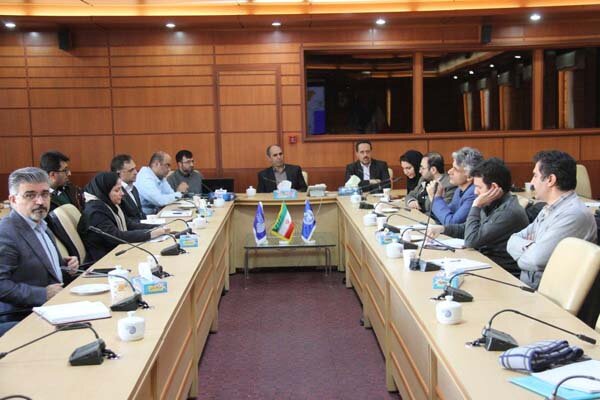



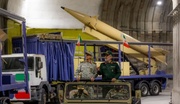

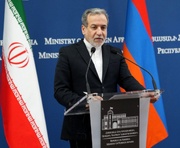
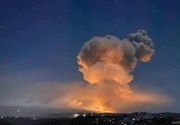










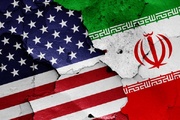


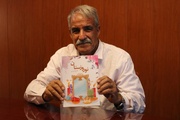

Your Comment